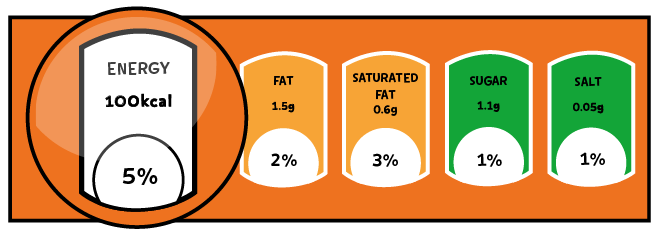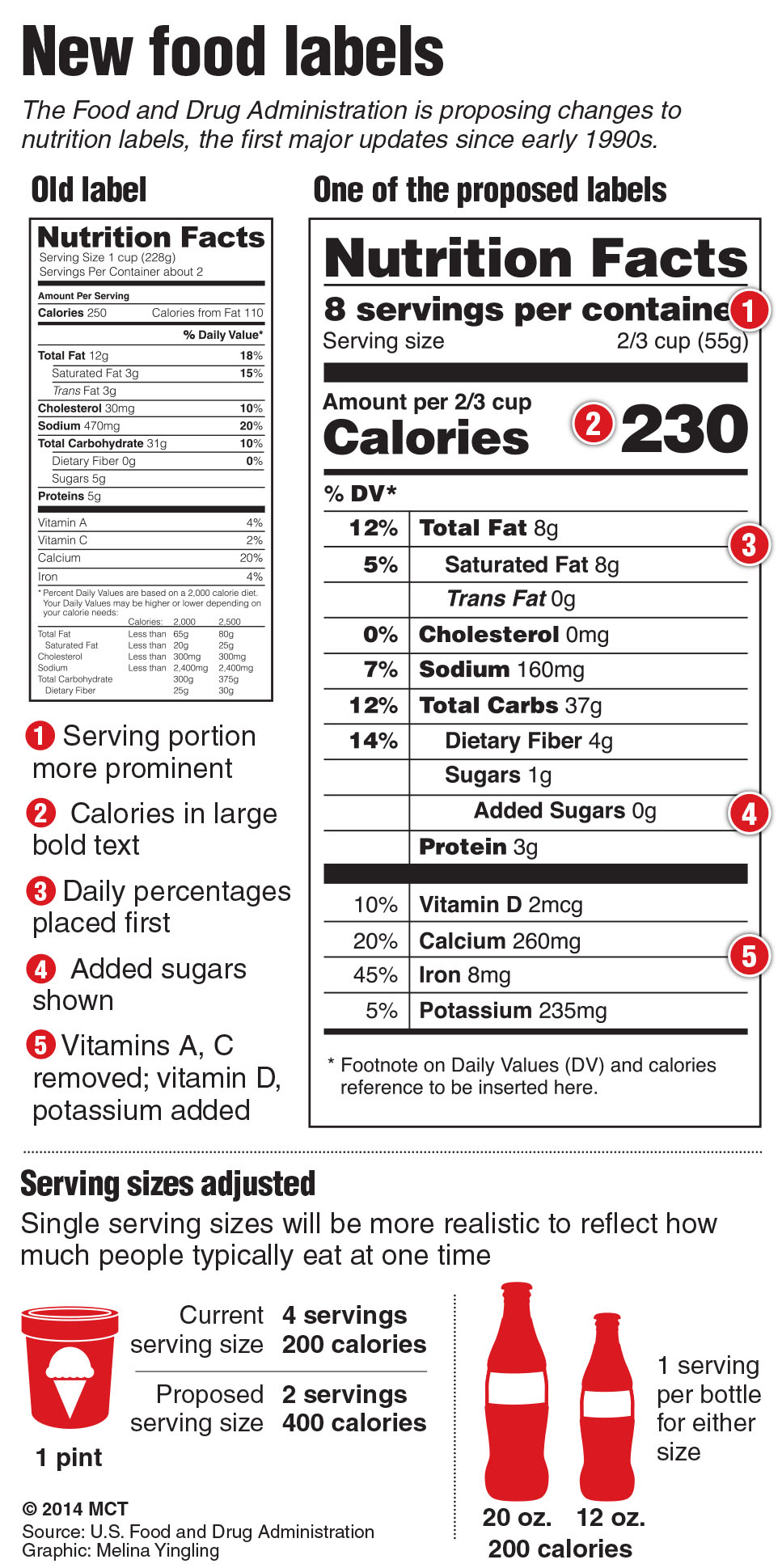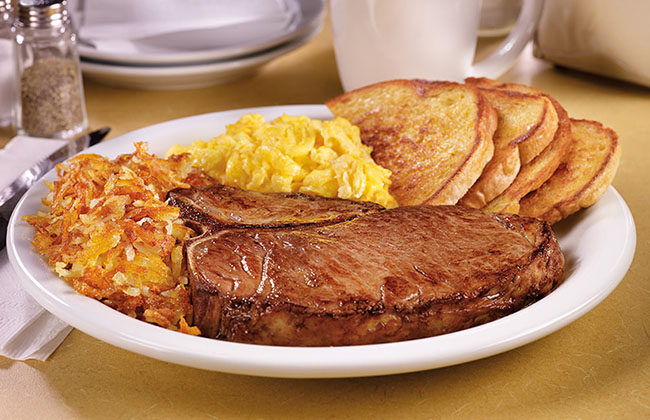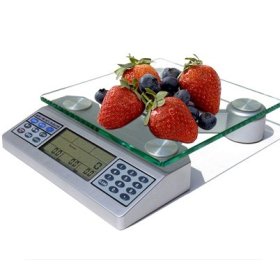38 kcal on food labels
Looking at labels - British Nutrition Foundation Using these food labels when shopping can help you make healthier choices, for example, by choosing foods and drinks that are: lower in saturated fat lower in sugar lower in salt lower in calories Back-of-pack labelling The majority of pre-packed products (by law) provide a nutrition label on the back of pack. Food labels part 3: Nutrient counting and calorie math. The "calories" we see on food packages are actually kilocalories (which you may see abbreviated as kcal). A kilocalorie is the energy needed to raise the temperature of 1 kilogram of water by 1 °C. ... And they may be correct: Researchers have discovered that restaurant food labels can be off by 100-300 calories. Some ingredients, such as ...
How to Read Carbohydrates on Food Labels - GlycoLeap That would be around 15 to 30 g of carbohydrates. Snack = 15 - 30 g of carbohydrate. For the main meals (breakfast, lunch, dinner), 2 to 3 servings of carbs would be enough. That is about 30-45 g of carbohydrates. 3 servings of carbohydrates are about the size of 1 fist size of rice.

Kcal on food labels
PDF NUTRITION LABELLING INFORMATION - Food Standards Agency 100g/ml of food. • Energy must be displayed as kJ/kcal. • Information must be displayed in this order in tabular format (if space on the label does not allow for tabular format then linear format... Kcal vs. Calories: Differences and Converting - Greatist Energy in food can also be measured in kilojoules (kJ). One calorie (kcal) equals 4.18 kJ or 4,184 joules (J). If you're looking to convert calories to kJ, multiply the number of calories by 4 ... Understanding food labels - World Cancer Research Fund Energy is measured in kilojoules (kj) and kilocalories (kcal - often called calories). Traffic light labels show the amount in 100g (100ml for drinks) and often the amount in a portion too. Remember to check the portion size on the label so that you don't under or overestimate the calories you need.
Kcal on food labels. The Science Behind Calories and Nutrition Facts Labels The calorie number we see on food labels refers to a kilocalorie (kcal), which is also known as a large calorie or a food calorie. A kilocalorie is 1 000 calories. One kilocalorie is the amount of energy it takes to heat one kilogram of water one degree Celsius at sea level. Guideline Daily Amount - Wikipedia Women need, on average, between 1800–2200 kilocalories (kcal) a day whereas children need between 1500–2000 kcal and men 2200–2700 kcal. In March 2009, the European Food Safety Authority published its opinion on intake levels for Europe and they were consistent with numbers behind the GDAs developed in the UK. Why are the calories in a nutrition label displayed in Kcal and ... To be technically correct, the unit should be written as “kcal” or “Cal.” The uppercase C is used in place of “kc.” Therefore, “kCal” is incorrect, as it means ... Calorie labelling in the out of home sector: implementation guidance Calorie labelling is not required in certain establishments when food is provided 'in-house'. However, where the food at that establishment is provided by another organisation with 250 or more...
Food Labels | Nutrition.gov What's New with the Nutrition Facts Label. HHS, Food and Drug Administration. The U.S. Food and Drug Administration (FDA) has updated the Nutrition Facts label on packaged foods and beverages with a fresh design that will make it easier for you to make informed food choices that contribute to lifelong healthy eating habits. What's in a Name? Check the label | Food Standards Agency The traffic light labelling system will tell you whether a food has high, medium or low amounts of fat, saturated fat, sugars and salt. It will also tell you the number of calories and kilojoules in that particular product. energy (kilojoules (kj) and calories (kcal)) fat. saturates. Understanding calories - NHS Find out more about food labels. Burning calories. The amount of calories people use by doing a certain physical activity varies, depending on a range of factors, including size and age. The more vigorously you do an activity, the more calories you'll use. For example, fast walking will burn more calories than walking at a moderate pace. Are kcal the same as Calories? - Cronometer 4 years ago. Updated. Follow. The Calories used on food labels are the same as kcals (kilocalories). 1 Calorie = 1 kcal.
Kcal vs. Calories: Differences and How to Convert - Healthline Mar 08, 2021 · When it comes to nutrition and exercise, kilocalories (kcal) and calories equal the same amount of energy. Calories may also be expressed as kilojoules (kJ), with one calorie or kcal equaling 4.18 kJ. Learning About Calories (for Kids) - Nemours KidsHealth When people talk about the calories in food, what do they mean? A calorie is a unit of measurement — but it doesn't measure weight or length. A calorie is a unit of energy. When you hear something contains 100 calories, it's a way of describing how much energy your body could get from eating or drinking it. Are Calories Bad for You? Food Label Accuracy of Common Snack Foods - PMC As specified by the Code of Federal Regulations ( 10 ), calories on food labels represent metabolizable energy, i.e. total (gross) calories minus calories that are excreted in stool and urine. However, doubts regarding the accuracy of energy content labeling of packaged foods have been expressed. SELF Nutrition Data | Food Facts, Information & Calorie ... The Caloric Ratio Pyramid™ The Caloric Ratio Pyramid appears in every ND analysis, and also on ND's Total Consumption report. This symbol lets you see at a glance how the Calories in the food are distributed, and can help you determine if the food aligns with common macronutrient-based diet plans, such as low-carb (e.g Atkins™ or South Beach™), low-fat, high-protein, or Zone™.
How to Understand and Use the Nutrition Facts Label | FDA That is two times the calories and nutrients shown in the sample label, so you would need to double the nutrient and calorie amounts, as well as the %DVs, to see what you are getting in two...
Food energy - Wikipedia Many governments require food manufacturers to label the energy content of their products, to help consumers control their energy intake. To facilitate evaluation by consumers, food energy values (and other nutritional properties) in package labels or tables are often quoted for convenient amounts of the food, rather than per gram or kilogram; such as in "calories per serving" or "kcal per 100 ...
How Many Calories Does One KCAL Equal? | livestrong You can find the calorie amount on the food's nutrition label. This information will help you gauge whether you're consuming too many calories per day. NHS points out that the more vigorously you do physical activity, the more calories you'll lose. What's more, if you're trying to lose weight, you'll need to use more energy than what you consume.
Low-Calorie Nutrition Label Requirements - LabelCalc Reduced Calories/Less Calories: A food product that has 25% fewer calories than a similar reference food (i.e. a food product of the same variety with normal calorie levels). For main meals, the requirement is 25% fewer calories than the reference food per 100 grams. Lite/Light: In order to use these terms, you must do one of the following:
How to Read the Nutrition Facts Label on Packaged Foods Sodium. Many people get far too much salt, or sodium. Most of it is in packaged foods and restaurant items. Limit salt to 2,300 milligrams (about 1 teaspoon) daily. If you have high blood pressure ...
This is why calorie content is always listed in 'kcals' So that's where the 'k' comes in - it stands for 'kilocalories'. For every 1 'kcal' measure, you can assume you're actually counting 1,000 scientific calories, which sounds pretty scary if you...
Why are the calories in a nutrition label displayed in Kcal and ... - Quora What does kCal mean on a nutrition label? To be technically correct, the unit should be written as "kcal" or "Cal." The uppercase C is used in place of "kc." Therefore, "kCal" is incorrect, as it means kilo-kilocalories. That said, people are sloppy in the use of the term "calories." You see every variation of wrong usage. Jan Steinman
How Do They Calculate Calories on Food Labels? It's important to recognize that 4-9-4 is an average, and not an exact amount. For example, 1 gram of fat in one food may yield 8.34 calories while 1 gram of fat from another food yields 9.7 calories. The same thing happens with carbohydrate and protein: the 4-9-4 is an average, not an exact amount.
Improving the design of nutrition labels to promote healthier food ... This label displays nutrition information per serving for kcals, saturated fat, sodium and sugars. Manufacturers who voluntarily adopt this scheme can also choose to highlight two 'nutrients to encourage', such as fiber, potassium or vitamin A. 63 From a health communications perspective, the design of the Facts Up Front label raises some concerns.
How to Calculate Kilocalories | livestrong Sep 13, 2021 · A kilocalorie (kcal) is the same as one large calorie, which is equal to 1,000 small calories. But small calories are uncommon in everyday use — large calories, or kilocalories, are what you're used to seeing on food labels and in nutrition and exercise recommendations.
What should my daily intake of calories be? - NHS The term calorie is commonly used as shorthand for kilocalorie. You will find this written as kcal on food packets. Kilojoules (kJ) are the equivalent of kilocalories within the International System of Units, and you'll see both kJ and kcal on nutrition labels. 4.2kJ is equivalent to approximately 1kcal. Maintaining a healthy weight
Calories on the New Nutrition Facts Label | FDA One package of food may contain more than one serving, so, if you eat two servings you would be getting two times the calories shown on the label. For example, if you ate one serving of the food...
This Is How to Read a Nutrition Facts Label on the Keto Diet This act mandated that, with a few exceptions, all packaged foods needed nutrition labels — thus creating the black-and-white labels we see on packaged foods today. The nutrients that required labeling included: Calories Calories from fat Total fat Saturated fat Cholesterol Sodium Total Carbohydrate Dietary fiber Sugars Protein Vitamin A Vitamin C
Nutrition Labelling - Centre for Food Safety - Home The energy value of a food can be expressed as kilocalorie (kcal) or kilojoule (kJ) or both in the nutrition label. 1 kcal is roughly equal to 4.2 kJ. If you want to compare the energy contents of two different products which are expressed differently, you have to do a simple calculation so that the unit of expression is the same.
Difference Between Kcal and Cal The nutritional values of the food items are generally recorded and then mentioned in the labels on the packet. They symbolise the energy content of that food item. One kilocalorie is equal to one thousand calories. This means, to convert a kilocalorie into a calorie, you just need to multiply the numerical value of the kilocalorie by 1000.






![復 [Basic] Calories in Chinese Leaf](https://freecaloriechart.uk/wp-content/uploads/2018/06/caloriesinchineseleaf.jpg)




Post a Comment for "38 kcal on food labels"